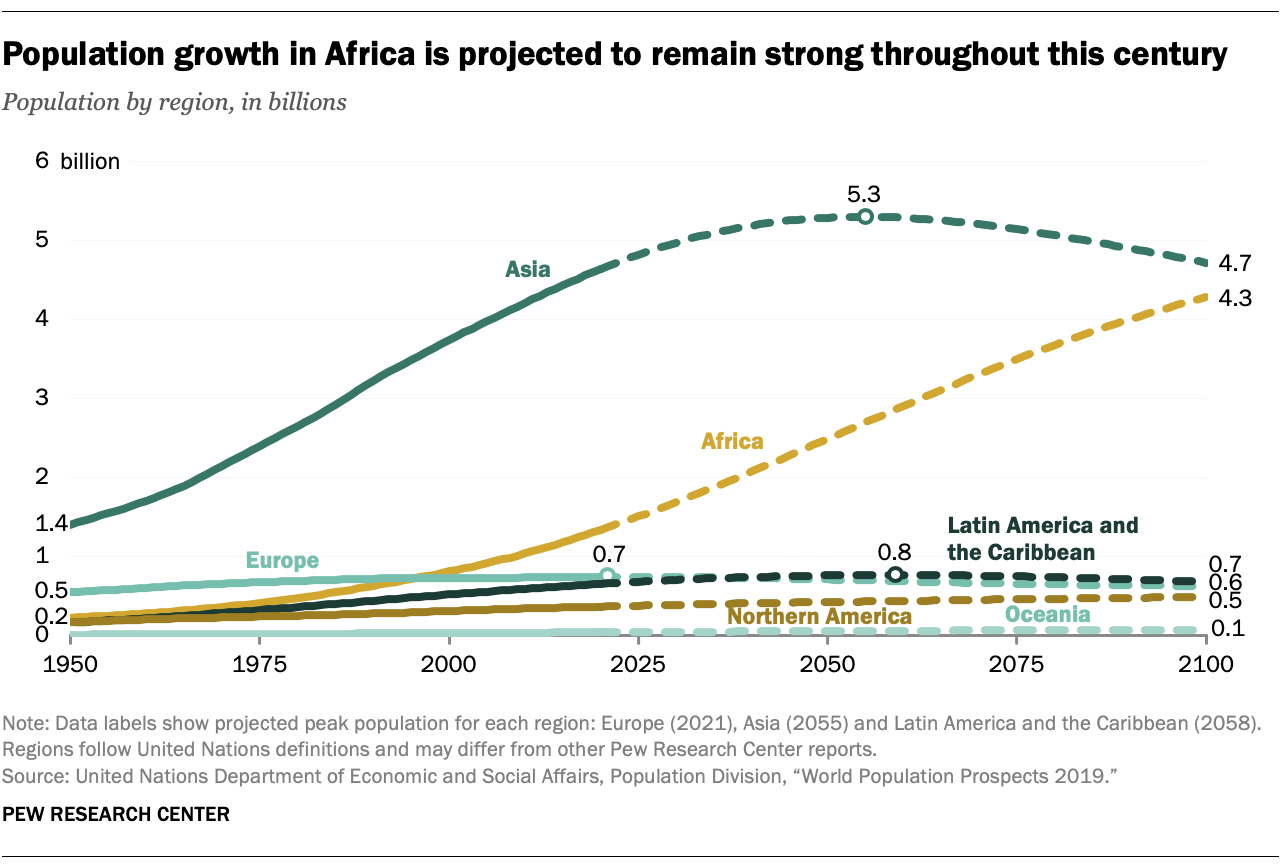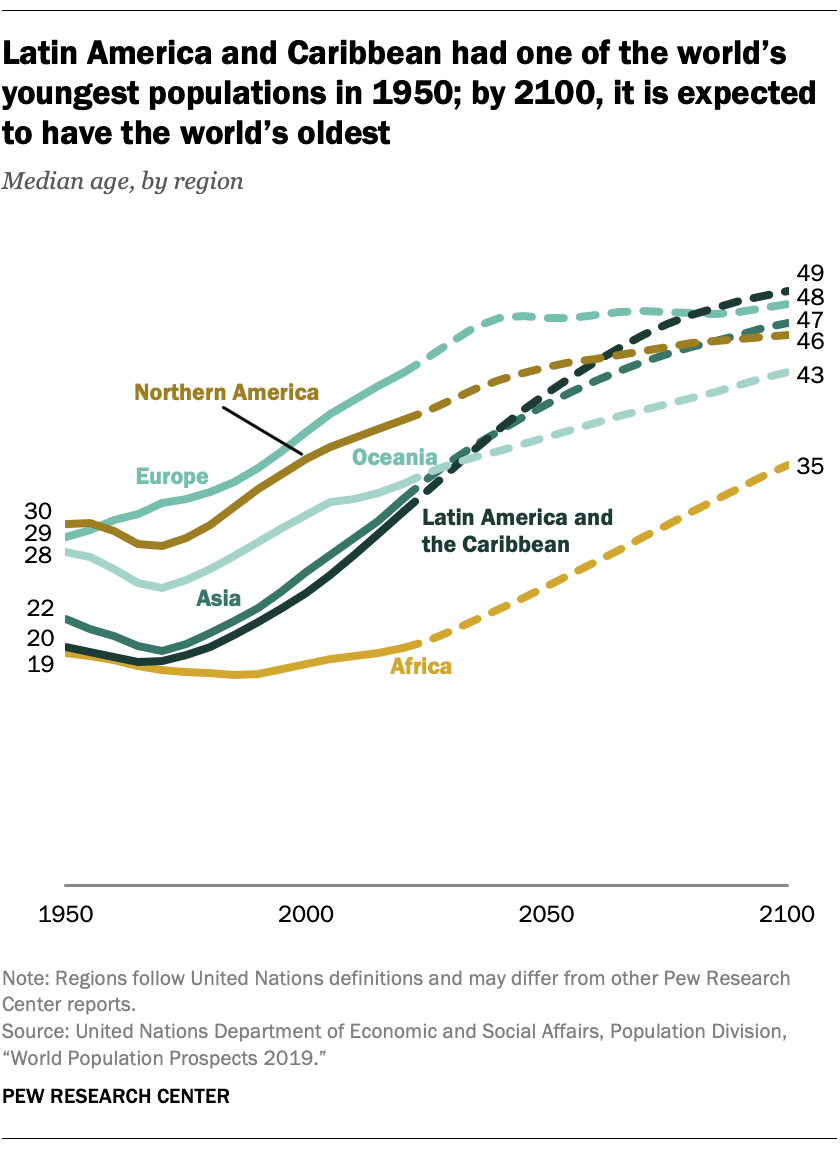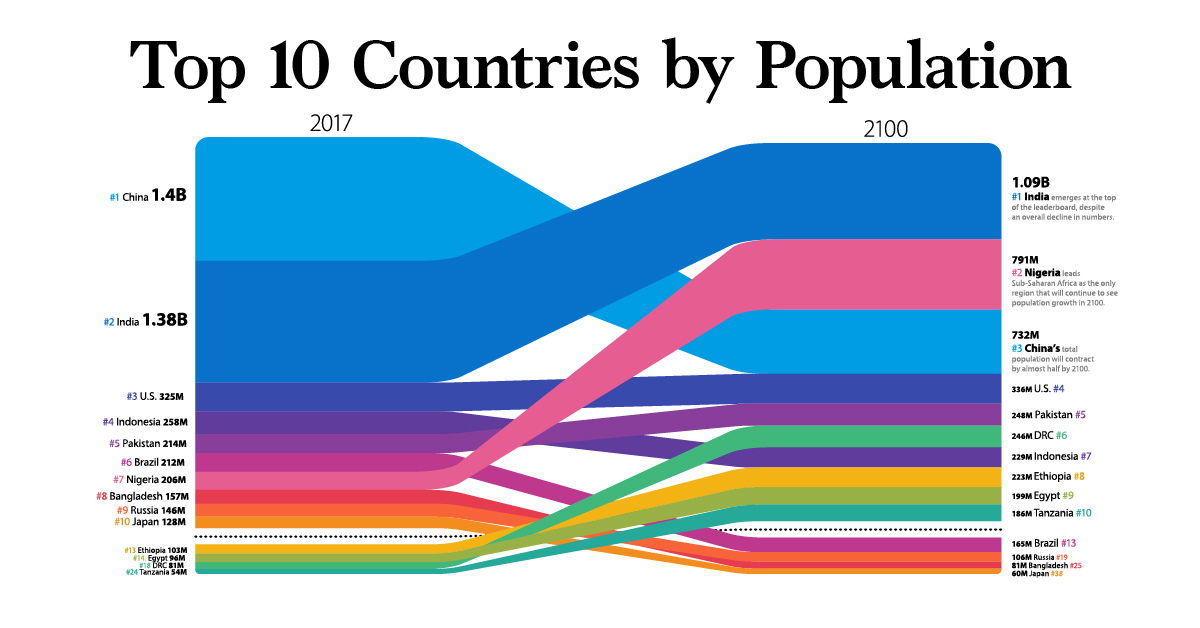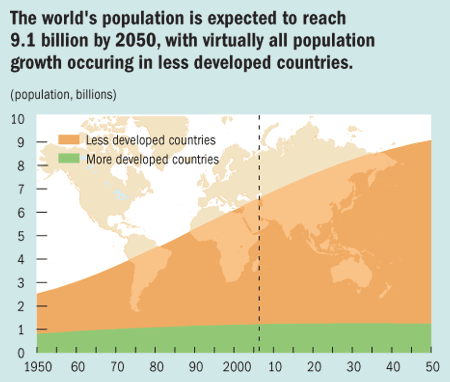Constrictive - pyramid with a narrow base lower percentage of younger people indicating declining birth rates with. We show how the world population grew over the last several thousand years and we explain.
 Future Population Growth Our World In Data
Future Population Growth Our World In Data
Stationary - with a somewhat equal proportion of.

Global population trends. The Population Division of the Department of Economic and Social Affairs DESA of the United Nations Secretariat has the task of estimating and projecting levels and trends of populations for all. Although there has been a drastic population growth the trend has been non-uniform in. Demographers expect the 8 billion milestone in 2023 with global population projected to reach 9 billion by 2037 and 10 billion by 2056.
74 rows The population of World in 2020 was 7794798739 a 105 increase from 2019. Summary The UN projects that the global population increases from a population of 77 billion in 2019 to 112 billion by the end. In 1999 less than 30 years later the population doubled to six billion.
The 2017 Revision published by the UN Department of Economic and Social Affairs provides a comprehensive review of global demographic trends and prospects for the. The global rate of population growth is now one billion. This was due to the worlds population exceeding 6 billion by 1999.
The worlds population is expected to increase by 2 billion persons in the next 30 years from 77 billion currently to 97 billion in 2050 according to a. After more than a half century of unprecedented growth the global population reached 7 billion individuals in 2011. Global Trends is published every year to analyze the changes in UNHCRs populations of concern and deepen public understanding of ongoing crises.
World population growth This article is focusing on the history of population growth up to the present. The world population increased from 1 billion in 1800 to 77 billion today. According to current projections the global population will reach eight billion by 2024 and is likely to reach around nine billion by 2042.
Global population growth is determined by the. Beneath the global level there are of course big differences between different world regions and countries. In 2011 the global population reached the 7 billion mark and today it stands at about 76 billion.
In the early 1970s the worlds population reached three billion. This dramatic growth has been driven largely by increasing numbers of people surviving to reproductive age and has been accompanied by major changes in fertility rates increasing urbanization and accelerating migration. The worlds population will peak at 97 billion in 2064 and decline to 88 billion by the end of the century according to research led by the University of.
The world population now stands at 78 billion inhabitants having reached the 7 billion milestone in 2011. The study published in The Lancet said an accelerated decline in fertility rates means the global population could peak in 2064 at 97 billion and fall to 88 billion by centurys end. The world population growth rate declined from 22 per year 50 years ago to 105 per year.
Expansive - pyramid with a wide base larger percentage of people in younger age groups indicating high birth rates and. This modern expansion of the human population started at the onset of the industrial revolution in the late 18th century with a decline in the death rate in Europe and the USA and Canada. The global population trends have been of a major concern to World Governments Organizations and Scientific bodies.
The World Population Prospects. Alternative scenarios for 2050 range from a low of 74 billion to a high of more than 106 billion.
World Population Growth Our World In Data
Future Population Growth Our World In Data
 Population The Numbers Population Matters
Population The Numbers Population Matters
 World Population Growth Is Expected To Nearly Stop By 2100 Pew Research Center
World Population Growth Is Expected To Nearly Stop By 2100 Pew Research Center
 Fertility Mortality Migration And Population Scenarios For 195 Countries And Territories From 2017 To 2100 A Forecasting Analysis For The Global Burden Of Disease Study The Lancet
Fertility Mortality Migration And Population Scenarios For 195 Countries And Territories From 2017 To 2100 A Forecasting Analysis For The Global Burden Of Disease Study The Lancet
 World Population Growth Is Expected To Nearly Stop By 2100 Pew Research Center
World Population Growth Is Expected To Nearly Stop By 2100 Pew Research Center
World Population Growth Our World In Data
World Population Growth Our World In Data
 Visualizing The World Population In 2100 By Country
Visualizing The World Population In 2100 By Country
Https Population Un Org Wpp Publications Files Wpp2019 Highlights Pdf
Diverging Global Population Trends Gmt 1 European Environment Agency
 Global Population Trends And Policy Options The Lancet
Global Population Trends And Policy Options The Lancet
 Picture This Global Demographic Trends Finance Development September 2006
Picture This Global Demographic Trends Finance Development September 2006


No comments:
Post a Comment
Note: Only a member of this blog may post a comment.